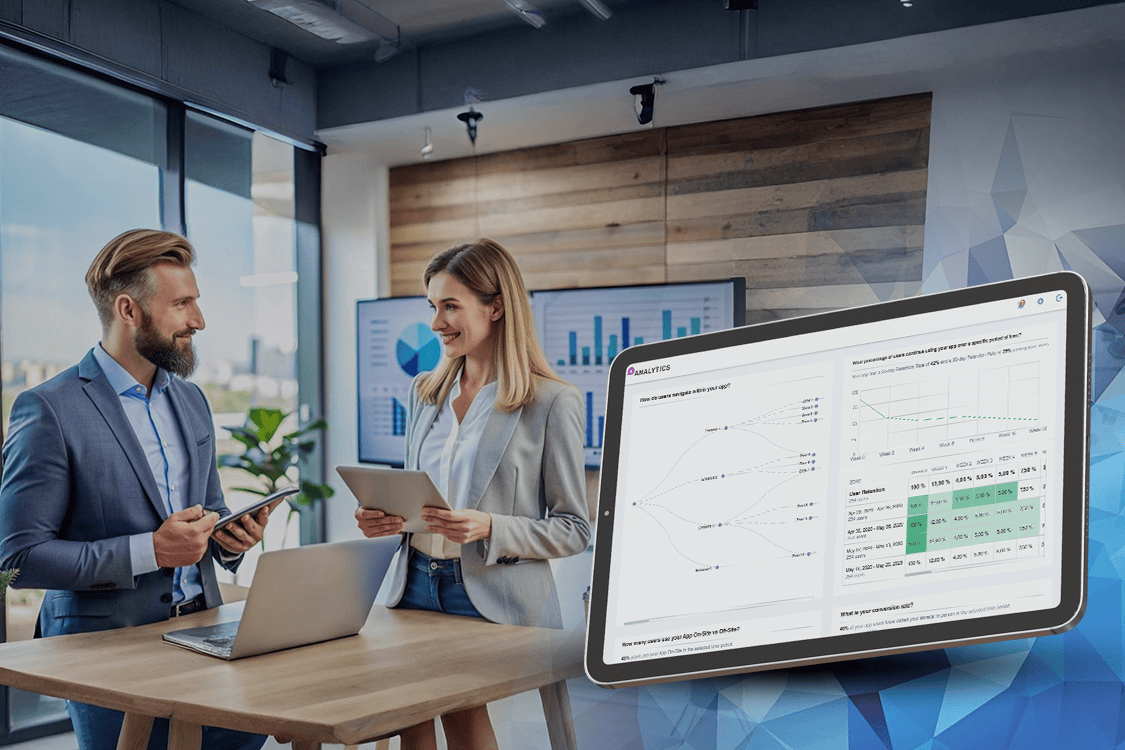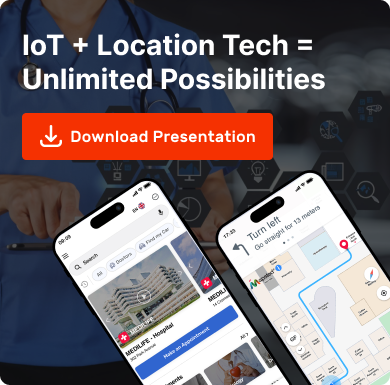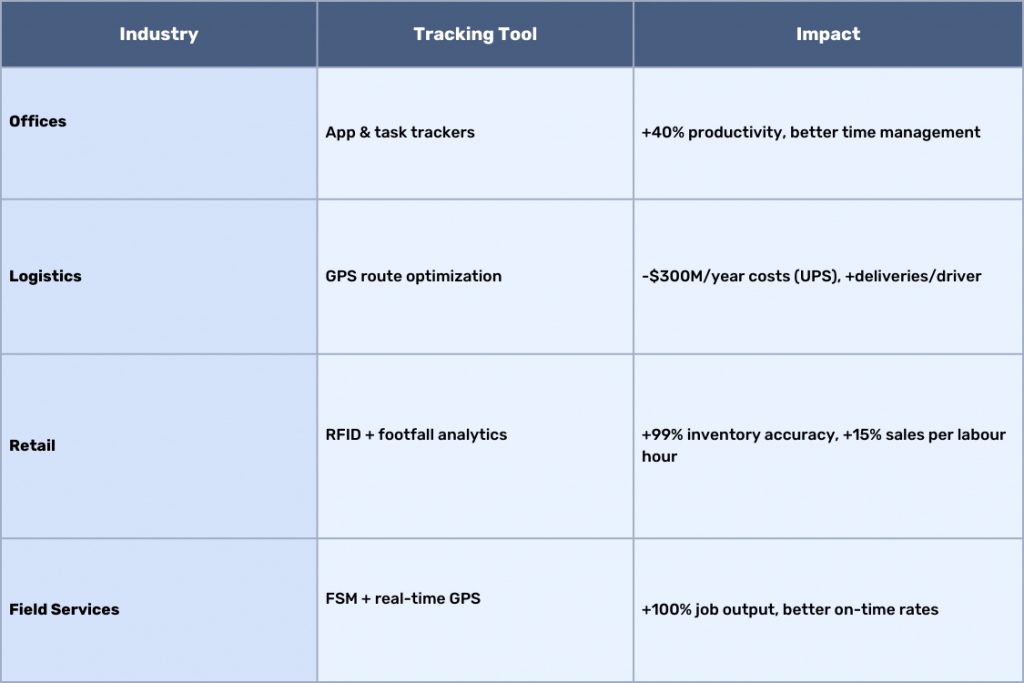IoT Solutions

A technician stuck in traffic. A retail shelf is left empty. A remote employee juggling tasks with no visibility. These aren’t isolated incidents, they’re daily signs of lost time, miscommunication and inefficiency. In a workplace where every minute counts, businesses are turning to smart, ethical employee tracking system to improve performance without compromising trust.
What Is an Employee Location Tracking System?
Modern employee tracking tools monitor work-related activity across various roles and environments. This can include:
- Time and attendance logs
- App or device usage
- GPS/location tracking
- Project and task performance
- AI-driven productivity tracking and analysis
They help teams:
- Reduce idle time
- Identify top performers
- Improve routing, dispatch or staffing
- Detect issues early and coach effectively
According to a 2023 survey, 96% of remote-first companies track productivity and 97% of business leaders believe monitoring boosts output.


The global market reflects this surge in adoption: Employee activity monitoring software is projected to grow from $628M (2023) to $1.73B by 2031 at a CAGR of 11.1%.
How Industries Are Using Employee Tracking
Corporate Offices
In office settings, especially remote or hybrid environments, employee performance tracking tools log app usage, task time and productivity trends. Dashboards give employees and managers clear insights.
Case Study: A U.S. insurance company introduced non-invasive software (no screen recordings), leading to a 40% performance jump in week one. Employees adjusted their focus and micromanagement decreased. Over five years, they maintained gains through transparency and team-wide visibility.
Additionally, AI-powered tools like Prodoscore analyze emails, CRM logs and project work to create personalized productivity scores, flagging coaching opportunities, workload imbalances or burnout risks.
85% of organizations now use AI for workforce optimization, including Walmart and Starbucks.
Logistics & Transportation
Fleet tracking systems use GPS and real-time routing to improve delivery efficiency and fuel savings. UPS’s ORION program is a standout:
Case Study: ORION saves UPS 100 million miles and $300 million annually by reordering delivery stops using live data.
Smaller fleets are seeing similar gains:
- 41% of businesses saw ROI in under 12 months using GPS tracking (FleetTech 2024 Report).
- 46% of asset-tracking fleets hit ROI in under a year through theft prevention, better routing and faster response times.
Driver behaviour (braking, idling, speed) is also tracked to improve safety and reduce wear.
Retail Environments
Retail staff performance directly affects conversion rates. Tools like workforce scheduling software, indoor staff tracking and RFID scanners help optimize service coverage, restocking and fulfillment.
Case Study: Stadium, a European sports chain, used RFID to boost inventory accuracy from 70% to 99%, enabling weekly scans of 30,000+ items and reducing missed sales.
Field Services
Technicians, inspectors and field sales teams benefit from GPS-enabled dispatching, location-aware task tracking and field service management (FSM) apps.
Case Study: A South African telecom firm equipped 20 field agents with GPS and KPI dashboards. Result? Productivity rose from 40% to 95%. Attendance, job completion and active work time doubled.
FSM tools now:
- Timestamp arrivals/departures
- Track the number of jobs per day
- Enable instant re-routing or assistance
As per a study, companies using FSM systems report high ROI and many double their job capacity per day.
The Rise of AI-Powered Analytics
AI now enhances traditional tracking by:
- Spotting burnout or disengagement trends
- Suggesting staffing adjustments
- Providing predictive alerts (e.g., project delays)
Certain AI tools analyze team behaviour in real time, already used by Delta, Walmart and others. However, these tools raise concerns:
- 45% of employees say AI monitoring affects mental health (CNBC, 2023)
- 81% oppose AI surveillance if it invades privacy
To use AI ethically:
- Explain how scores are generated
- Give employees access to their data
- Use AI to guide, not replace human management
Balancing Productivity with Privacy
It’s not tracking that kills trust. It’s a poor implementation.
Best Practices for Privacy-Protected Tracking:
- Track only during work hours
- Avoid biometric or personal data unless necessary
- Allow opt-ins or clear consent where applicable
- Let employees view their own reports
- Use the data to coach, not penalize
Example: A Spanish bank caught attendance fraud using digital access logs. Elsewhere, a retail chain saved millions by identifying underused software licenses and reallocating staff based on real usage data.
Transparency builds alignment. Companies that explain what’s tracked and why and how it benefits employees see higher acceptance and stronger performance cultures.
ROI Snapshot: Gains Across Roles

Where Mapsted Fits In
For companies needing minimal hardware, privacy-first location tracking, Mapsted’s real-time solutions like the Mapsted Badge offer accurate personnel visibility without external Wi-Fi, BLE beacons or invasive hardware. It’s ideal for logistics hubs, manufacturing floors, healthcare facilities, workplaces or large campuses.
Final Takeaway
Workplace tracking isn’t about surveillance, it’s about insight.
When paired with transparency, staff tracking systems don’t just prevent time theft or optimize scheduling. They help teams focus, operate faster and deliver better results, while protecting privacy and respecting autonomy.
From retail floors to remote laptops, companies investing in smarter tracking are building better businesses, one insight at a time. If you found this blog helpful, don’t miss our blog post on How AI and Technology Are Transforming Service Excellence in Workplaces or watch our video on Revolutionize Your Workplace with Mapsted Technology’s Inclusive Accessibility Features to learn more.
Frequently Asked Questions
Q1. How does employee tracking improve workplace productivity?
Ans. It provides visibility into time use, task progress and location, helping managers identify blockers, optimize workflows and support top performers.
Q2. Can companies track employees without violating privacy?
Ans. Yes. Modern systems are non-invasive, track only work-related data during work hours and often include dashboards for employees to see their own metrics.
Q3. What industries benefit most from employee tracking solutions?
Ans. Corporate offices, logistics, retail and field services all report measurable ROI in efficiency, task throughput and service quality using tailored tracking systems.
